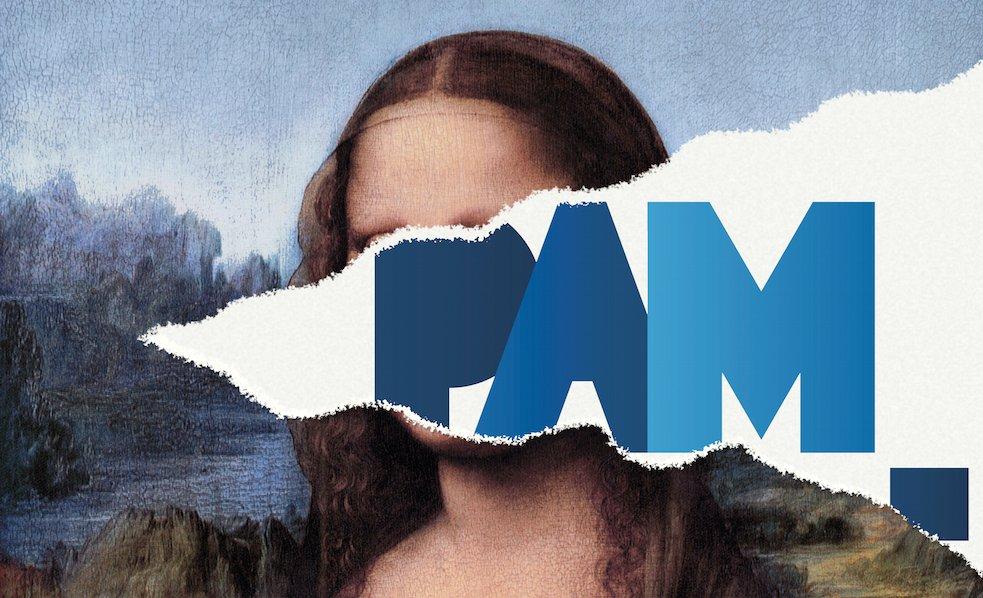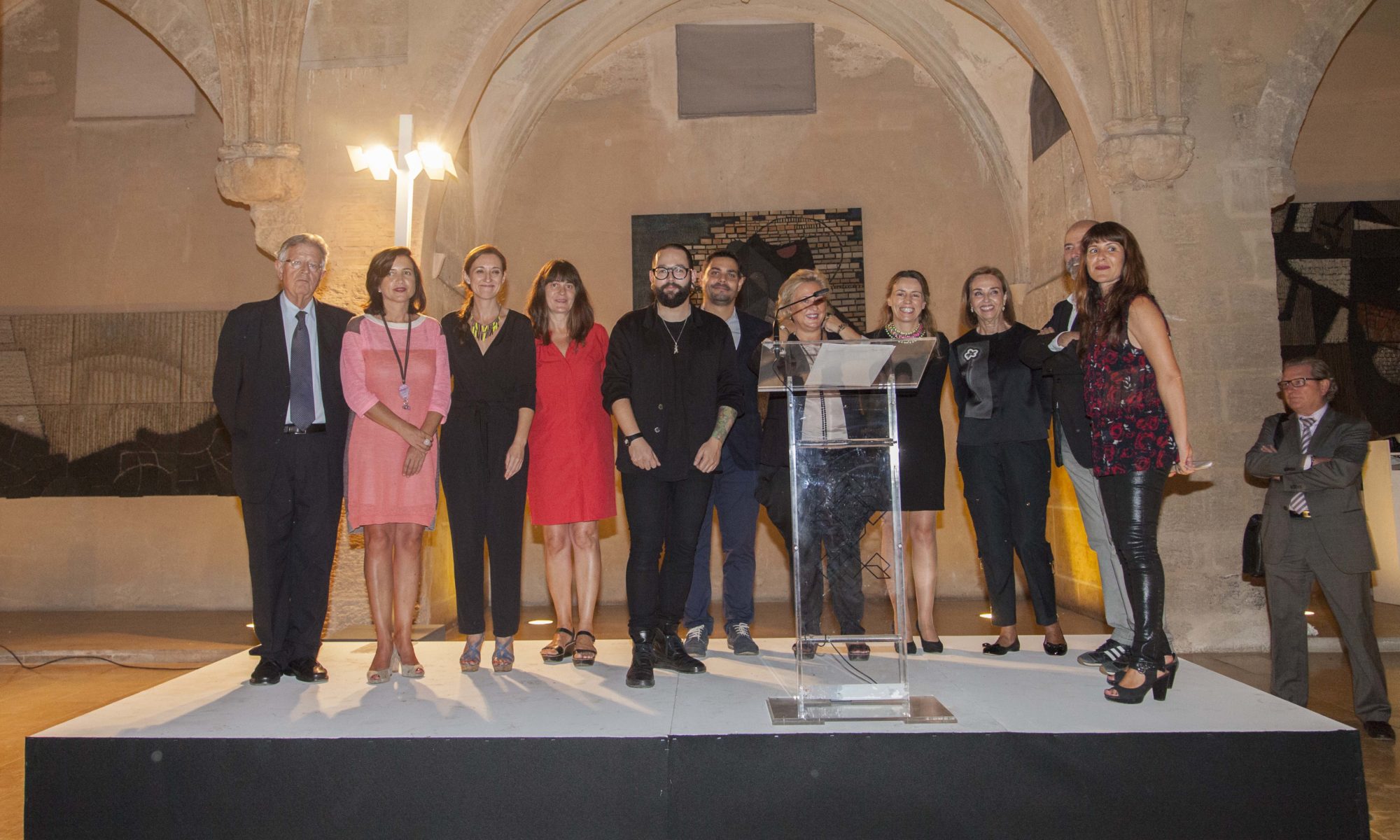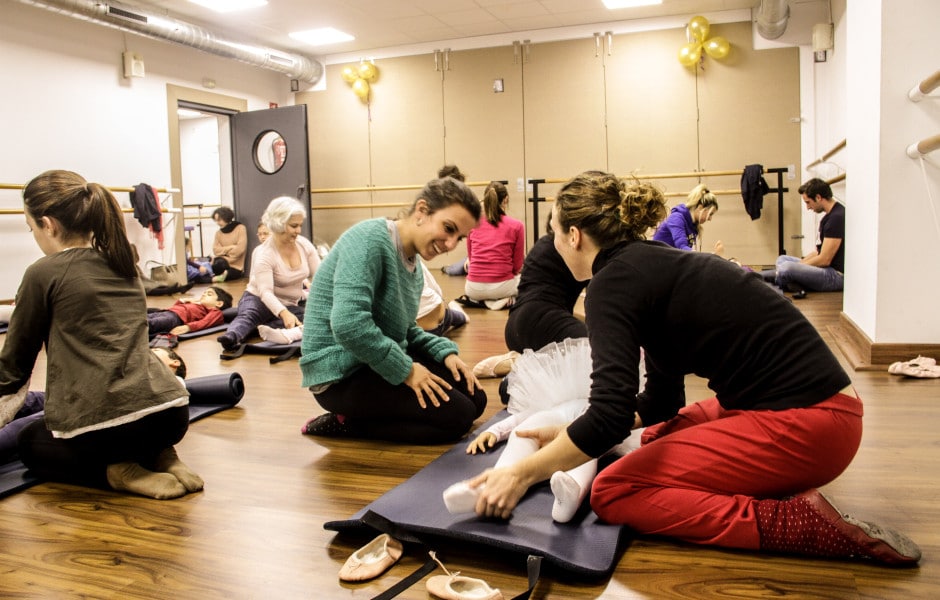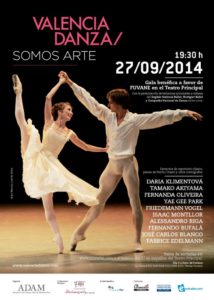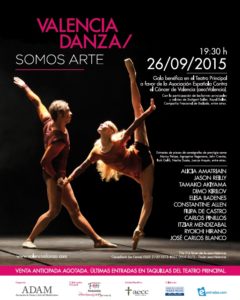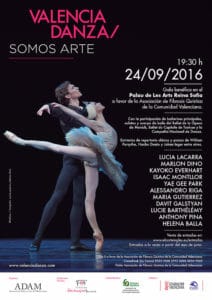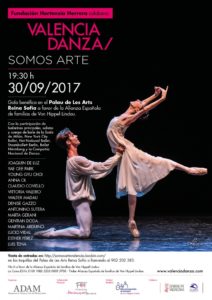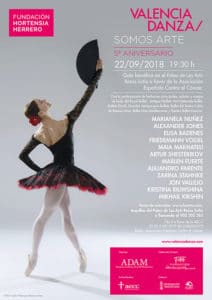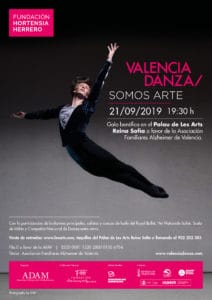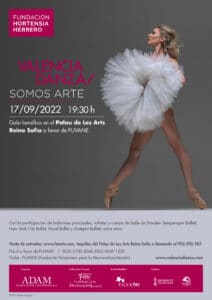
Six sculptures by the Valencian artist were exhibited from June to November 2017 emerging from one of the artificial lakes of the City of Arts and Sciences. These monumental pieces of more than five meters high, created with materials such as corten steel, aluminum, cast iron or marble, were giant heads inspired by Henri Matisse to which the sculptor added everyday objects that drink from the tradition of Spanish painting , like a pamela, butterflies or a headband.
After the temporary exhibition, the Hortensia Herrero Foundation acquired three of the pieces that were donated to the three provincial capitals of the Valencian Community.
About Manolo Valdés
Manolo Valdés has lived and worked in New York for more than 25 years. He started his career in Valencia, where he was born in 1942 and studied his first degree. In 1964 he became one of the founders of the art group Equipo Crónica. In 1981 he started his solo career, continuing with the dialogue with the art history of the Equipo Crónica, but from his own style.
Manolo Valdés has held exhibitions all over the world and has received many awards and recognitions. His work is part of the permanent collections in museums like the Metropolitan in New York or the Pompidou Centre in Paris.
The Hortensia Herrero Foundation collaborates with the Faculty of Fine Arts of the Universitat Politècnica de València in the Exhibition of Artistic and Multimedia Productions (PAM). It is an initiative to make young artists more visible through the exhibition of their works in a university environment such as the Faculty of Fine Arts.
The PAM project brings together students of advanced studies from the Universitat de València and the Universitat Politècnica de València. It is an initiative through which artists and new cultural managers promote their own initiatives using the university grounds as a stage, with the aim of creating a dialogue with the public that encourages the understanding of the cultural and social value of these creations in the city of València.
During this three-day exhibition, visitors can enjoy looking at paintings, attending concerts, performances, debates on the world of art, etc.
In 2014, the Hortensia Herrero Foundation inaugurated a new line of action in the field of contemporary art. The Foundation signed a collaboration agreement with the association of contemporary art galleries of the Valencian Community, LAVAC, making a firm commitment to participate in the event ‘Abierto València’ (Open Valencia) by means of awarding a work of art.
‘Abierto València’ is the joint opening of the start of the artistic season of the contemporary art galleries that are part of LAVAC.
Every edition of ‘Abierto València’ aims to be an unmissable event that attracts collectors, art lovers, experts, critics, curators and artists, but it is also a chance for its name to be known through introducing contemporary art in an open and simple way, appealing to the general public.
The winner of the acquisition prize of the Hortensia Herrero Foundation last year was Juan Genovés.
The Hortensia Herrero Foundation collaborates with Asociación de Arte y Danza del Mediterráneo – ADAM every year to carry out the VALENCIA DANZA International Campus.
This campus provides an environment in which dance students as well as pre-professional and professional dancers can enjoy dancing over the month of August, getting fit and ready for the upcoming season or academic year, and living an unforgettable experience both personally and professionally. Two weeks of intense work on the technical, artistic and choreographic aspects of dancing with the repertoire and workshops by the masters, who will instill the essence of the artistic work of internationally renowned creators.
Thanks to the Hortensia Herrero Foundation, the facilities are being improved and 15 scholarships are awarded every year, since collaboration began in 2014.
All Campus information can be found on this link: Campus Internacional Valencia Danza.
The Hortensia Herrero Foundation has reached a collaboration agreement with the Esther Mortes School of Dance for the development of research into the use of the classic ballet technique as a physical and social therapy for children with cerebral palsy through the Ballet Vale+ project.
This collaboration, which began in 2014, comes on top of a project already underway promoted by Esther Mortes, Marcia Castillo and Patricia Morán. This therapy is carried out at the Esther Mortes School of Dance, located in Calle Artes Gráficas.
The collaboration pursues three fundamental objectives: providing resources to the teachers of the school in order to continue their training and research; meeting different needs in terms of materials; and promoting the scientific study of the benefits of dance for children with cerebral palsy.
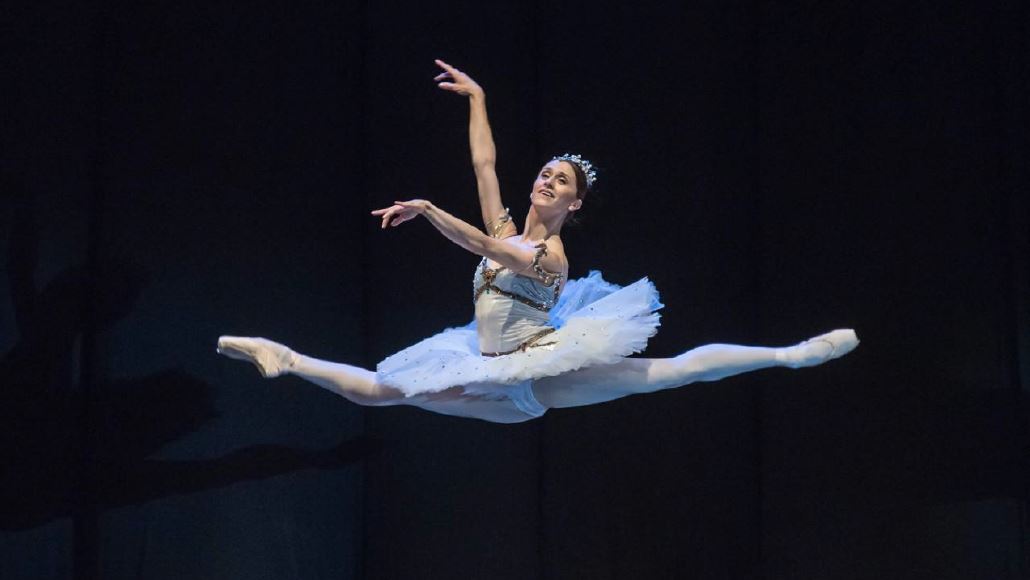
The ADAM dance association and the Hortensia Herrero Foundation have been holding a dance charity gala every year on the last Saturday of September since 2014. This charity gala, called ‘Somos Arte’ (We Are Art), is aimed at bringing the Valencian public closer to internationally renowned dancers, and great artists of the Valencian Community that work with different companies abroad.
At the ‘Somos Arte’ gala, different classical and neoclassical pieces are performed, as well as choreographies by one of the most illustrious Valencians in the dance scene: Nacho Duato, who has always awarded us with some of his compositions. Additionally, the cast of the gala consists of important dancers from some of the best dance companies in the world. Daria Klimentova, Alicia Amatriain, Lucía Lacarra, Elisa Badenes, Jason Reilly, Tamako Akiyama and Marlon Dino, among others, have participated so far.
The Gala is under the artistic direction of the former dancer and Valencian dance teacher Gema Casino Penalba, and all proceeds of the Gala will go to charity.
These are the posters for a gala that has been held from 2014 to the present day.
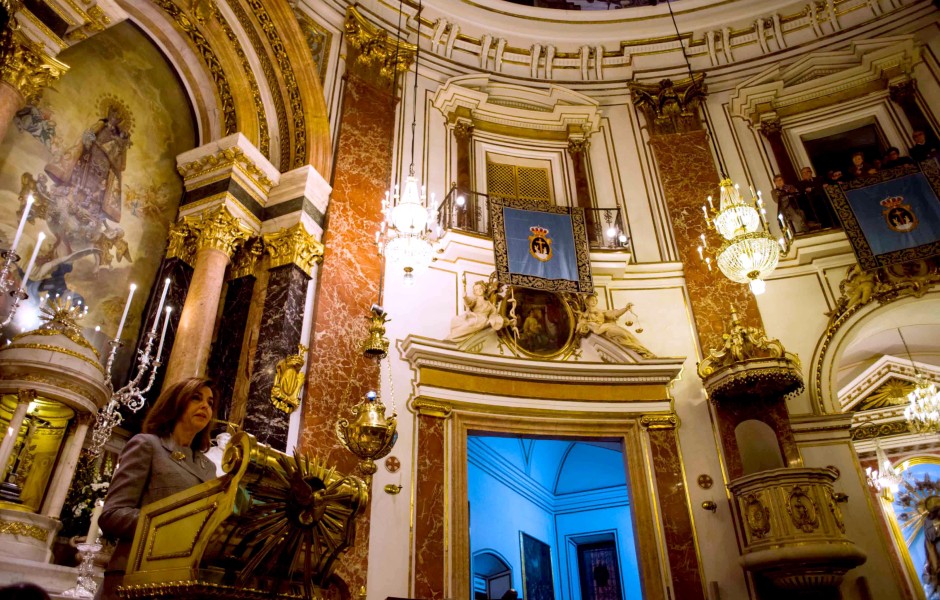
On the occasion of the six hundredth anniversary of the Archconfraternity of Our Lady of the Innocent Martyrs and the Forsaken of Valencia, the Hortensia Herrero Foundation signed an agreement with the Archconfraternity by which the Foundation promoted the restoration of the central statue of Our Lady of the Forsaken, found in the Basilica of Our Lady of the Forsaken (Basílica de la Virgen de los Desaparados) in Valencia, in addition to the shrine in which it is located.
The works covered by the agreement were done by the Generalitat Valenciana through CulturArts IVAC+R and lasted for five months. In March 2014 the new statue was presented to the faithful in an act presided over by the Archbishop of Valencia, Carlos Osoro, and Hortensia Herrero.
The restoration of the statue of the patron saint of Valencia, the Virgin of the Forsaken, allows us to see the original carving dating to the beginning of the 15th century. For more than 350 years, the faithful had not seen the original because it was always covered by baroque aprons or scapulars, which have now been removed so that the “simple beauty” of the historical statue can be fully appreciated.
Hortensia Herrero, president of the Foundation that bears her name and that promoted the restoration, was elated: “It is of great satisfaction having contributed to this restoration so that València can once again enjoy the original statue of the Geperudeta, as we popularly call it, which now looks spectacular thanks to the great work of the team of Carmen Pérez”.
“It is a great honour for me, being an admirer of our Patron Lady, given its importance to me personally, and it is also a special moment for my family, because I have celebrated very special moments with my husband in front of this statue, for example when Valencia Basket won its titles,” explained Hortensia Herrero during her speech.
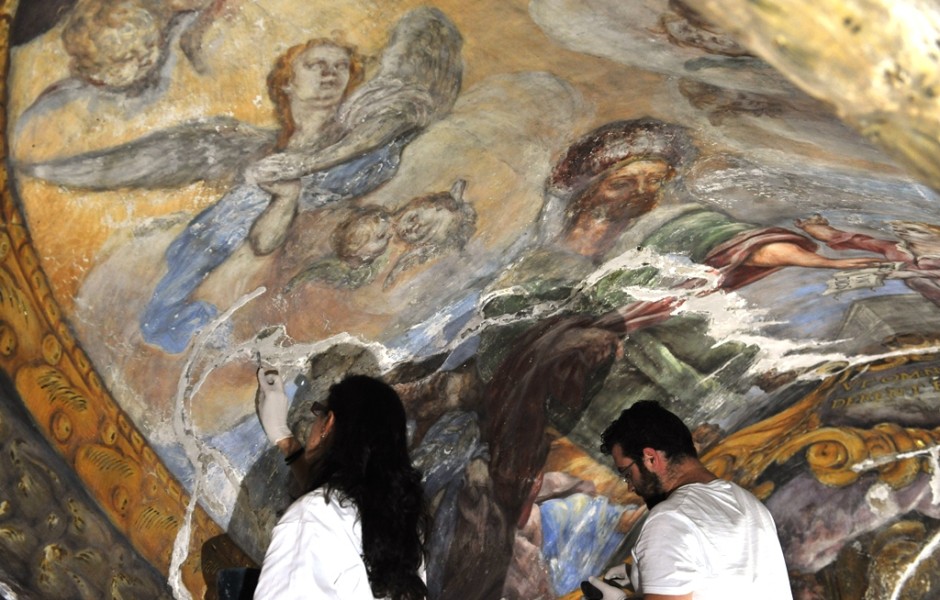
The Archbishopric of Valencia and the Hortensia Herrero Foundation signed an agreement to undertake the restoration of the mural paintings and sculptures of the central nave of the Church of San Pedro Martir and San Nicolás Obispo. The Universitat Politècnica de València was commissioned to carry out the work, which involves the conservation of one of the most interesting artistic and cultural assets of the Valencian Community. A team of specialists from the Department of Conservation and Restoration of Cultural Assets, headed by Professor Pilar Roig, took care of the process.
The works began with a preliminary study that analyzed the conservation of the frescoes and the rest of the ornaments of the nave of the church. In the document, the specialists spoke of a “worrying deterioration in its entirety”. In particular, “the paintings, dating back to the late seventeenth century, suffered a darkening of the entire surface and had part of its polychrome altered. Several whitish areas and irregular stains were also found.”
Apart from the restoration of the paintings, there was also architectural work done. The church’s architectural structure was strengthened, the roof restored and some parts of the exterior of the church reinforced. These works, directed by the architect Carlos Campos, were carried out by the company EMR (Studies of Methods of Restoration). Both works are part of the second phase of a general restoration that started in 2012, when the Neo-Gothic façades and that of the Communion Chapel (in Baroque style) were restored together with the stained-glass windows of the temple.
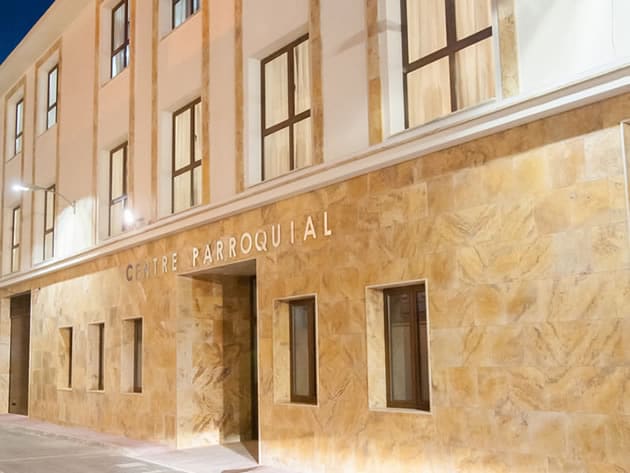
In 2012, we collaborated in the finalization of the Parish Centre of the Valencian town of El Genovés. For the Hortensia Herrero Foundation, it has been an honor contributing to the completion of a project initiated thanks to the legacy of local resident Mr. Joaquín Magraner Pelluch, and thanks to his initial drive the Parish Center is now a reality. The Parish Centre of El Genovés is a three-storey building. The Hortensia Herrero Foundation was especially involved in the completion of the first and second floors.
Apart from being able to help finish building the centre, which is of great value for the town, we are also very proud of the efforts made by each and every one of the residents of El Genovés who genuinely feel that the centrer is also theirs.
In July 2012 an agreement for the collaboration between the parties was signed and on 26th January 2013, after several months of work, the Centre was opened. On that day, the Hortensia Herrero Foundation was pleased to see the participation and dedication of the people of El Genovés in this project.
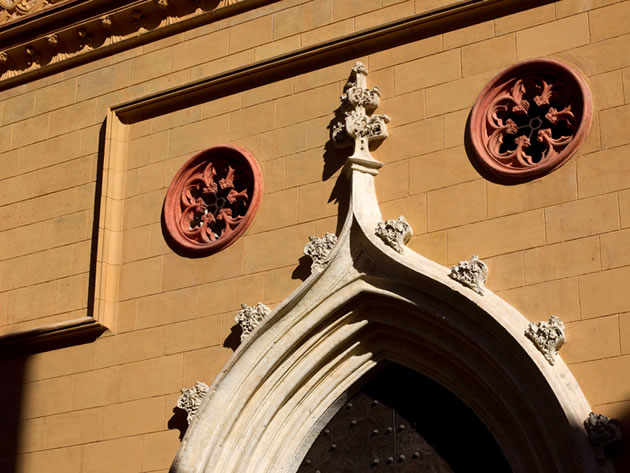
Another big project carried out by the Hortensia Herrero Foundation was the restoration of the Church of San Nicolás de Bari and San Pedro Mártir. It is probably the best example of a 15th century Gothic structure coexisting with 17th century Baroque decoration in the city of Valencia. The church was built on top of an old Muslim mosque, in an area that is called ‘the first twelve Christian parishes’. In 1981, it was declared National Historic Artistic Monument. The restoration carried out by the Foundation focused on the façades of the Communion Chapel and on the neo-Gothic façade of Plaza de San Nicolás, as well as on the windows of the church. The neo-Gothic façade presented important problems due to dampness caused by water leaks. Additionally, we also had to deal with the deterioration of the decorative elements of the façade. It also showed an important crack caused by the separation of the upper body of the façade and the side wall, which meant there was a real risk of breaking off.
All the restoration works undertaken were not only aimed at recovering the visual aesthetic aspect, but also at preserving the interior paintings, which undoubtedly would have suffered irreparable damage over time. These paintings are of great value and are considered to be a must-see for anyone visiting the historic center of Valencia. As long as the Communion Chapel is concerned, the main problems were found to be the poor state of the beams and other support elements. The poor condition of the carpentry of the chapel and problematic accessibility caused serious ventilation problems in the premises, and seriously affected the paintings, gildings and coatings in general. After a thorough preliminary study of the different and successive layers of paint that had been applied to the façade throughout its history, we discovered a state that was closer to what the façade must have looked like in the 18th century. The defects of the stained glass windows, notably damaged, were restored and repaired at the architectural level.
The renovation of the stained-glass windows also gave us the possibility of improving the ventilation of the temple, which in turn improved and solved the humidity issues that the church had been suffering from.


